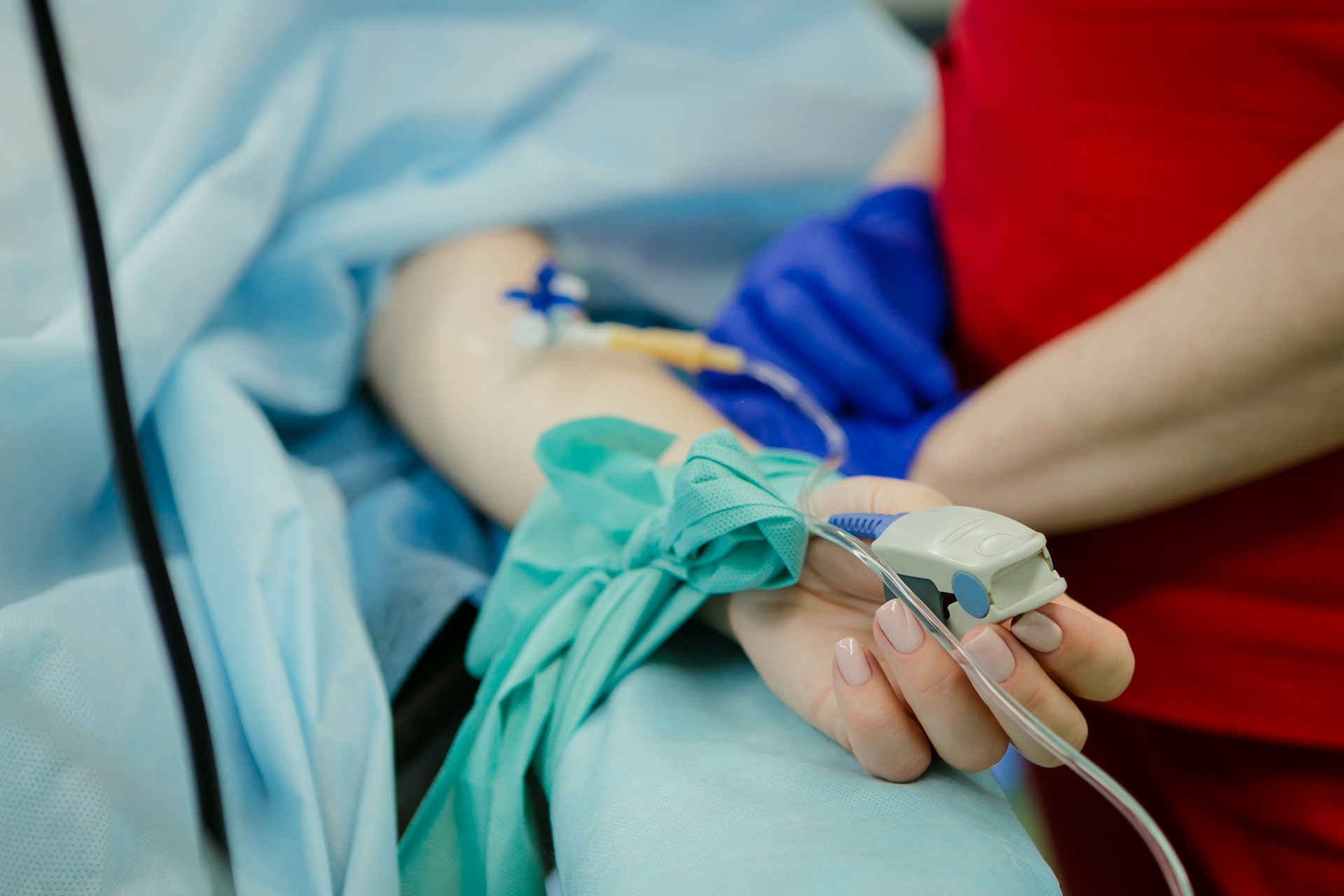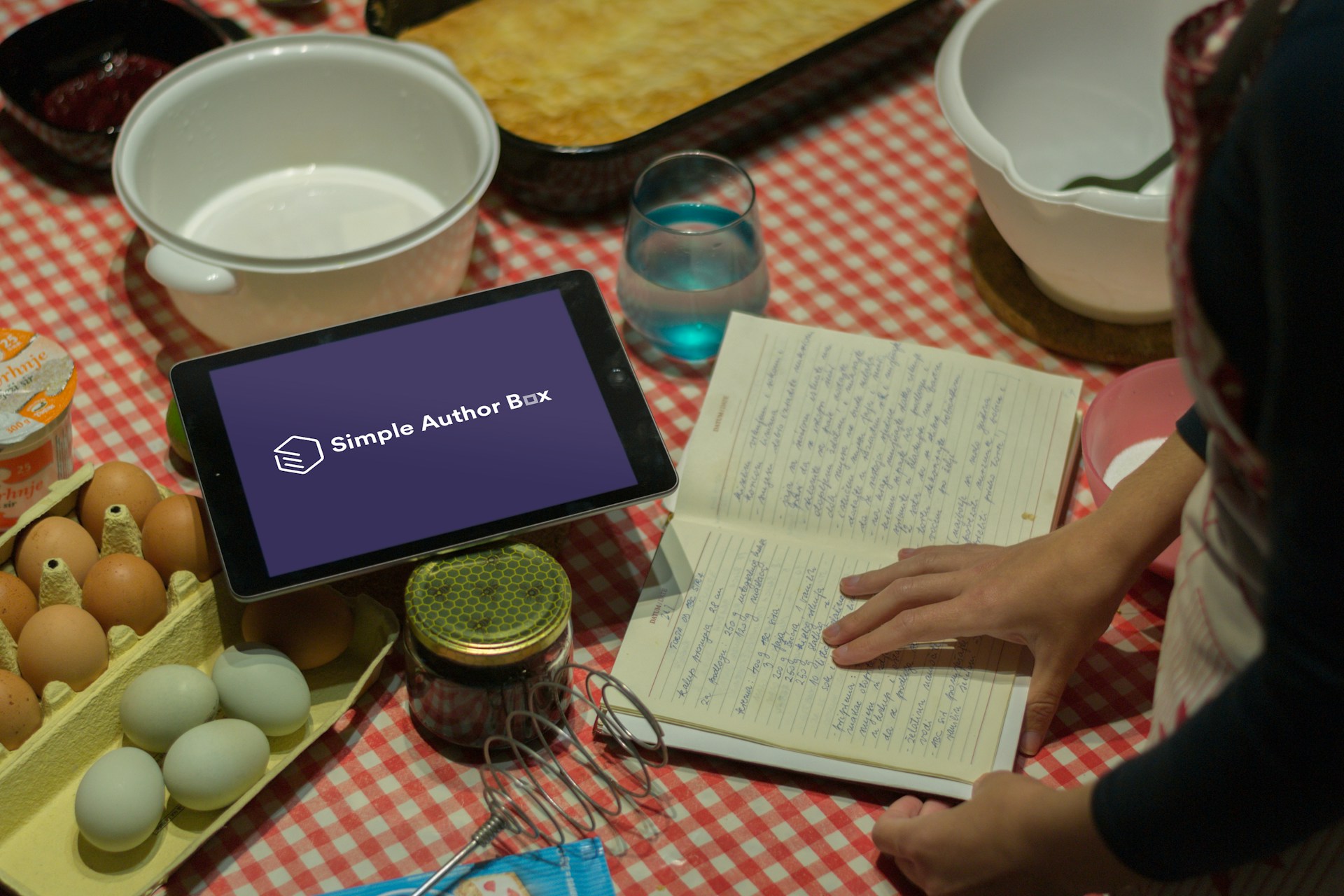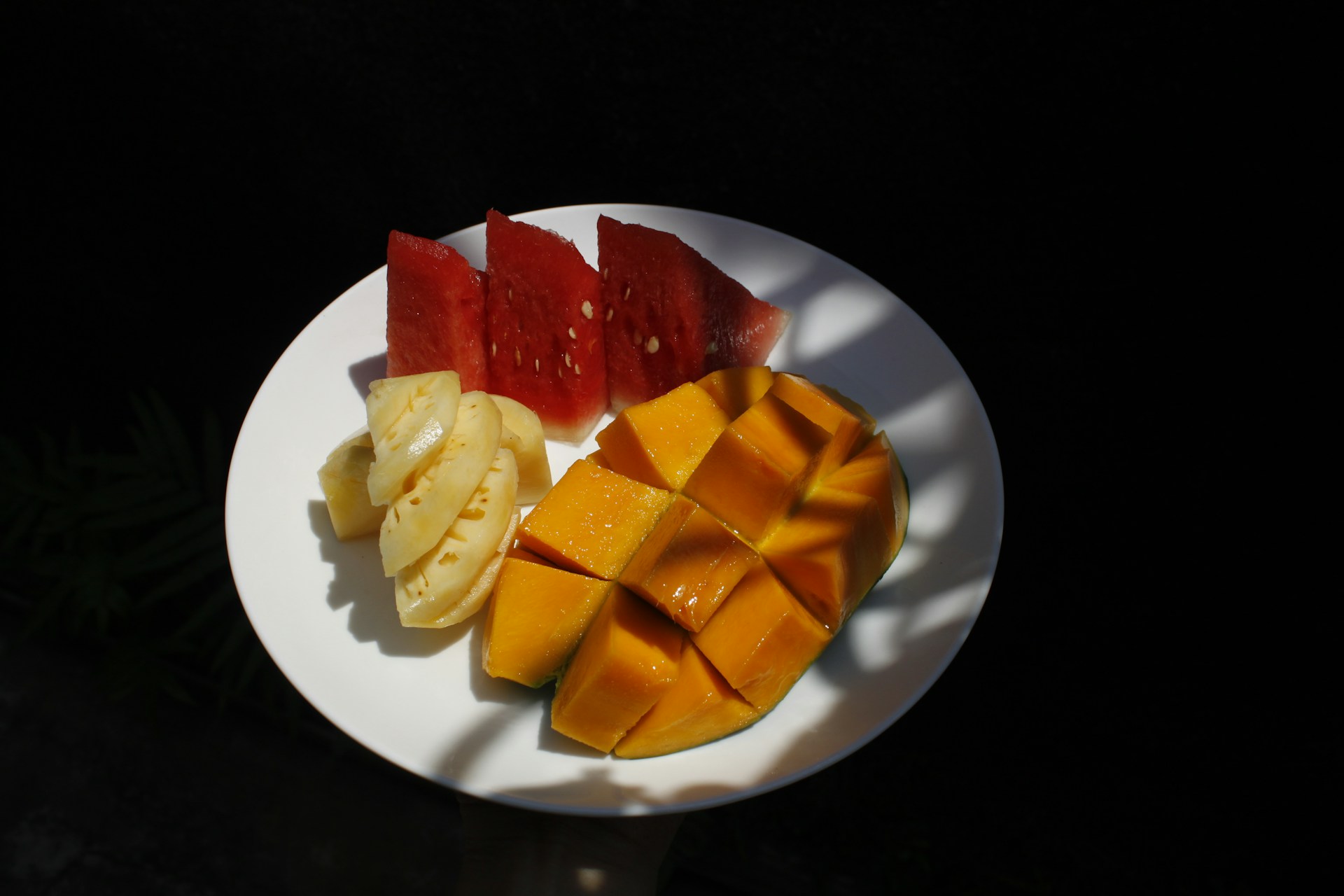Biochemistry Indicators for the Identification of Iron Deficiency Anemia in Indonesia: A Literature Review
Tinjauan Literatur: Indikator Biokimia untuk Identifikasi Anemia Defisiensi Zat Besi di Indonesia

Background: The World Health Organization (WHO) states that adolescents are at risk of developing anemia. The initial step in identifying iron deficiency anemia (IDA) is through screening. In addition, the WHO framework aims to accelerate the reduction of anemia worldwide by achieving specific goals, including an increase in anemia screening.
Objectives: This study aims to determine the use of biochemical indicators in screening for the identification of IDA status in Indonesia.
Methods: Literature searches were conducted in the PubMed, Scopus, ScienceDirect, and Garuda databases following the PRISMA guidelines. Articles from journals indexed in Scopus Q1 to Q4 or Sinta 1 to Sinta 3 with an experimental or observational research design in Indonesia were reviewed.
Discussion: Anemia screening was performed to determine IDA status, which was measured by the following parameters: hemoglobin (Hb), mean corpuscular volume (MCV), mean corpuscular hemoglobin (MCH), and mean corpuscular hemoglobin concentration (MCHC). Hb is an indicator of IDA in populations with a high prevalence of IDA. MCV is calculated by dividing hematocrit by red blood cell count. MCH refers to the average absolute hemoglobin content of the red blood cells, while MCHC refers to the concentration of hemoglobin in the red blood cells. Serum ferritin (SF) is a highly reliable and sensitive indicator for assessing iron stores and clinical status in the field. In addition, serum transferrin receptor (STfR) is a more stable indicator than serum transferrin (ST). SF can differentiate between IDA caused by anemia or chronic diseases.
Conclusions: Combining hemoglobin and SF improves sensitivity and specificity in detecting the severity of IDA. STfR can also be used as an indicator for IDA. The use of the STfR and SF indicators is the best biochemical approach to IDA.
Sumarlan, E. S., Windiastuti, E. & Gunardi, H. Iron status, prevalence and risk factors of iron deficiency anemia among 12-to 15-year-old adolescent girls from different socioeconomic status in Indonesia. Makara Journal of Health Research 46–52 (2018).
World Health Organization. Global nutrition targets 2025: anaemia policy brief. (2014).
Sari, P., Judistiani, R. T. D., Herawati, D. M. D., Dhamayanti, M. & Hilmanto, D. Iron Deficiency Anemia and Associated Factors Among Adolescent Girls and Women in a Rural Area of Jatinangor, Indonesia. Int J Womens Health 1137–1147 (2022).
Garcia"Casal, M. N., Dary, O., Jefferds, M. E. & Pasricha, S. Diagnosing anemia: Challenges selecting methods, addressing underlying causes, and implementing actions at the public health level. Ann N Y Acad Sci 1524, 37–50 (2023).
World Health Organization. Serum ferritin concentrations for the assessment of iron status and iron deficiency in populations. (2011).
World Health Organization. WHO guideline on use of ferritin concentrations to assess iron status in populations. (World Health Organization, 2020).
Gebreyesus, S. H. et al. Anaemia among adolescent girls in three districts in Ethiopia. BMC Public Health 19, 1–11 (2019).
Mengistu, G., Azage, M. & Gutema, H. Iron deficiency anemia among in-school adolescent girls in rural area of Bahir Dar City Administration, North West Ethiopia. Anemia 2019, (2019).
Khani Jeihooni, A., Hoshyar, S., Afzali Harsini, P. & Rakhshani, T. The effect of nutrition education based on PRECEDE model on iron deficiency anemia among female students. BMC Womens Health 21, 256 (2021).
Tesfaye, M., Yemane, T., Adisu, W., Asres, Y. & Gedefaw, L. Anemia and iron deficiency among school adolescents: burden, severity, and determinant factors in southwest Ethiopia. Adolesc Health Med Ther 189–196 (2015).
Rahfiludin, M. Z. et al. Plant-based diet and iron deficiency anemia in Sundanese Adolescent Girls at Islamic boarding schools in Indonesia. J Nutr Metab 2021, 1–7 (2021).
Pasricha, S.-R. Should we screen for iron deficiency anaemia? A review of the evidence and recent recommendations. Pathology 44, 139–147 (2012).
World Health Organization. Accelerating anaemia reduction: a comprehensive framework for action. (2023).
Andriastuti, M., Ilmana, G., Nawangwulan, S. A. & Kosasih, K. A. Prevalence of anemia and iron profile among children and adolescent with low socio-economic status. Int J Pediatr Adolesc Med 7, 88–92 (2020).
Agustina, R. et al. Probiotics Lactobacillus reuteri DSM 17938 and Lactobacillus casei CRL 431 modestly increase growth, but not iron and zinc status, among Indonesian children aged 1–6 years. J Nutr 143, 1184–1193 (2013).
Andriastuti, M., Fathinasari, A. D., Salsabila, K. & Medyatama, M. F. Iron Profile in Adolescent Scavengers Living in Slum Areas. Iran J Ped Hematol Oncol (2023).
Rakanita, Y. et al. Cost-Effectiveness of Ferrous Fumarate–Folic Acid and Ferrous Gluconate–Multivitamins in a High Prevalence Area of Iron Deficiency Anemia in Indonesia. Ther Clin Risk Manag 1075–1081 (2021).
Oktavianis, O. & Gusfiana, H. PENGARUH PEMBERIAN DIMSUM AYAM KOMBINASI TEPUNG DAUN KELOR (MORINGA OLEIFERA) TERHADAP KADAR HAEMOGLOBIN REMAJA PUTRI. Maternal Child Health Care 5, 820–830 (2023).
Oktaria, S. et al. Dietary diversity and poverty as risk factors for leprosy in Indonesia: A case-control study. PLoS Negl Trop Dis 12, e0006317 (2018).
Gibson, R. S. Nutritional Assesment. (Oxford University Press, 1993).
Sanchis-Gomar, F., Cortell-Ballester, J., Pareja-Galeano, H., Banfi, G. & Lippi, G. Hemoglobin point-of-care testing: the HemoCue system. J Lab Autom 18, 198–205 (2013).
Whitehead Jr, R. D., Mei, Z., Mapango, C. & Jefferds, M. E. D. Methods and analyzers for hemoglobin measurement in clinical laboratories and field settings. Ann N Y Acad Sci 1450, 147–171 (2019).
Faatih, M. Penggunaan Alat Pengukur Hemoglobin di Puskesmas, Polindes dan Pustu. Jurnal Penelitian dan Pengembangan Pelayanan Kesehatan 32–39 (2017).
Mannino, R. G. et al. Smartphone app for non-invasive detection of anemia using only patient-sourced photos. Nat Commun 9, 4924 (2018).
Young, M. F. et al. Non-invasive hemoglobin measurement devices require refinement to match diagnostic performance with their high level of usability and acceptability. PLoS One 16, e0254629 (2021).
Asare, J. W., Appiahene, P. & Donkoh, E. T. Detection of anaemia using medical images: A comparative study of machine learning algorithms–A systematic literature review. Inform Med Unlocked 101283 (2023).
Williams, A. M. et al. Improving anemia assessment in clinical and public health settings. J Nutr (2023).
Briawan, D. Anemia: Masalah Gizi Pada Remaja Wanita. (Buku Kedokteran EGC, 2018).
Copyright (c) 2024 Amerta Nutrition

This work is licensed under a Creative Commons Attribution-ShareAlike 4.0 International License.
AMERTA NUTR by Unair is licensed under a Creative Commons Attribution-ShareAlike 4.0 International License.
1. The journal allows the author to hold the copyright of the article without restrictions.
2. The journal allows the author(s) to retain publishing rights without restrictions
3. The legal formal aspect of journal publication accessibility refers to Creative Commons Attribution Share-Alike (CC BY-SA).
4. The Creative Commons Attribution Share-Alike (CC BY-SA) license allows re-distribution and re-use of a licensed work on the conditions that the creator is appropriately credited and that any derivative work is made available under "the same, similar or a compatible license”. Other than the conditions mentioned above, the editorial board is not responsible for copyright violation.












































